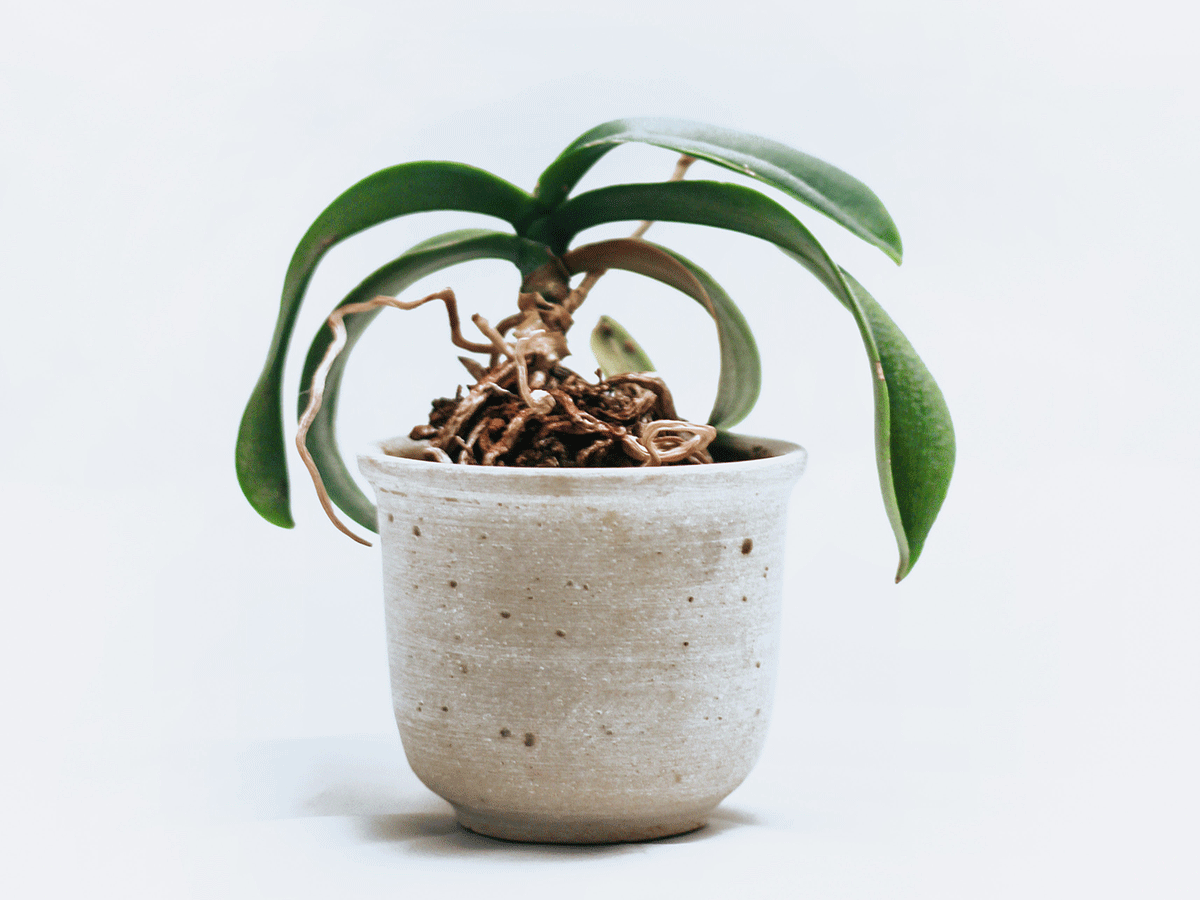
How to revive a dead plant, step 1: Look for signs of life
We love our houseplants for all the health benefits they provide—they boost our mood, reduce stress, remove air pollution—but occasionally we forget to show them love in return, and they look a tad neglected.
If your plant has turned brown and lost some leaves, don’t give up on it just yet. There is hope that you can revive a dead plant if the plant still has a few green leaves and pliable stems—buds are a sure sign too. Melinda Meyers, star and producer of Melinda’s Garden Moment TV and radio segments, says that reviving a plant takes patience (sometimes even years).
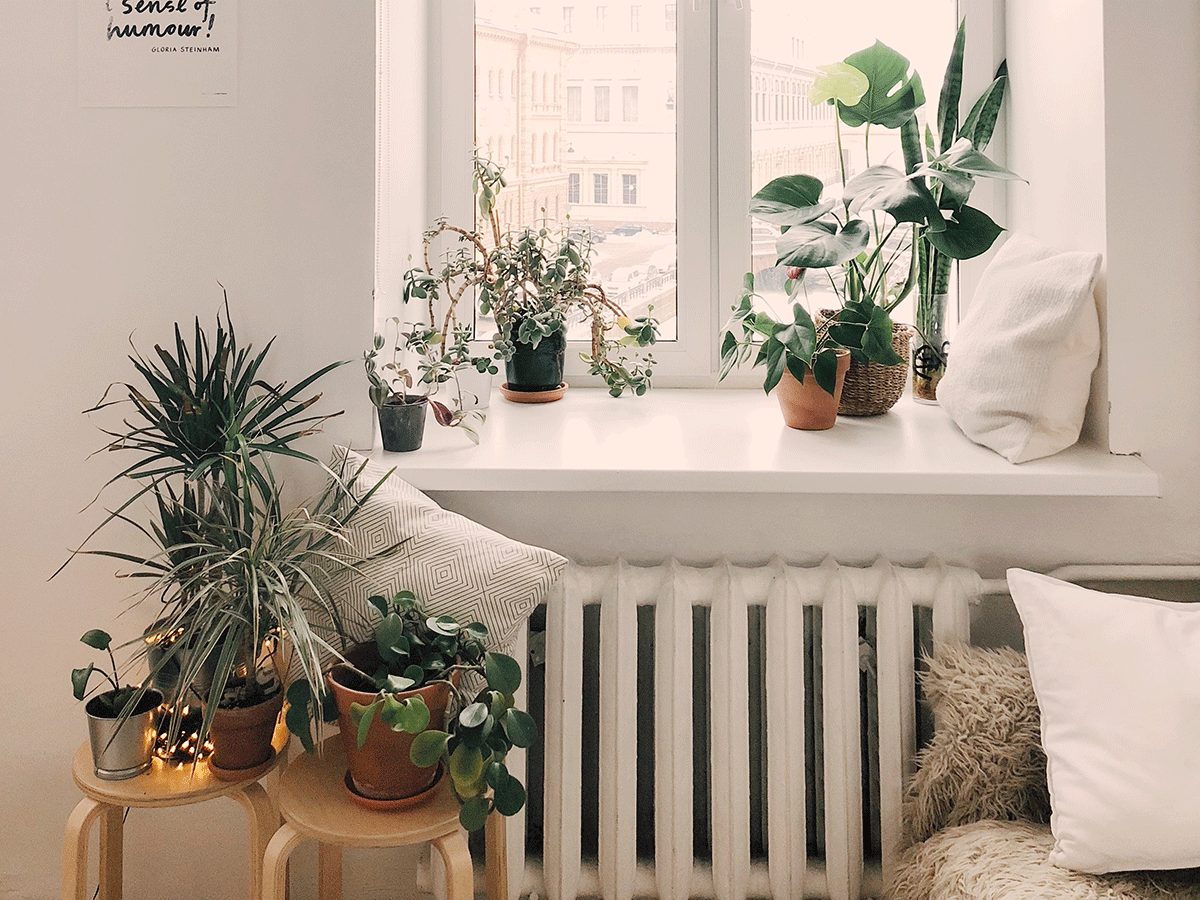
How to revive a dead plant, step 2: Think about the water
Plants that are over-watered appear wilted and may have brown or yellow leaves that make it look dead but with very moist soil. By contrast, if you have forgotten to water your plants, the leaves will be brown but dried around the edges or curled up. Kristena LaMar, master gardener in Oregon, says that if you suspect over-watering is the cause of your plant’s demise, repot your plant in dry dirt. And if your plant is thirsty, water it!
Hold off on fertilizing until the plant is in better health. Meyers warns that, “Fertilizing a struggling plant can injure the tender roots of a recovering plant.” (Psst: Check out the healing plants that can cure common health concerns.)
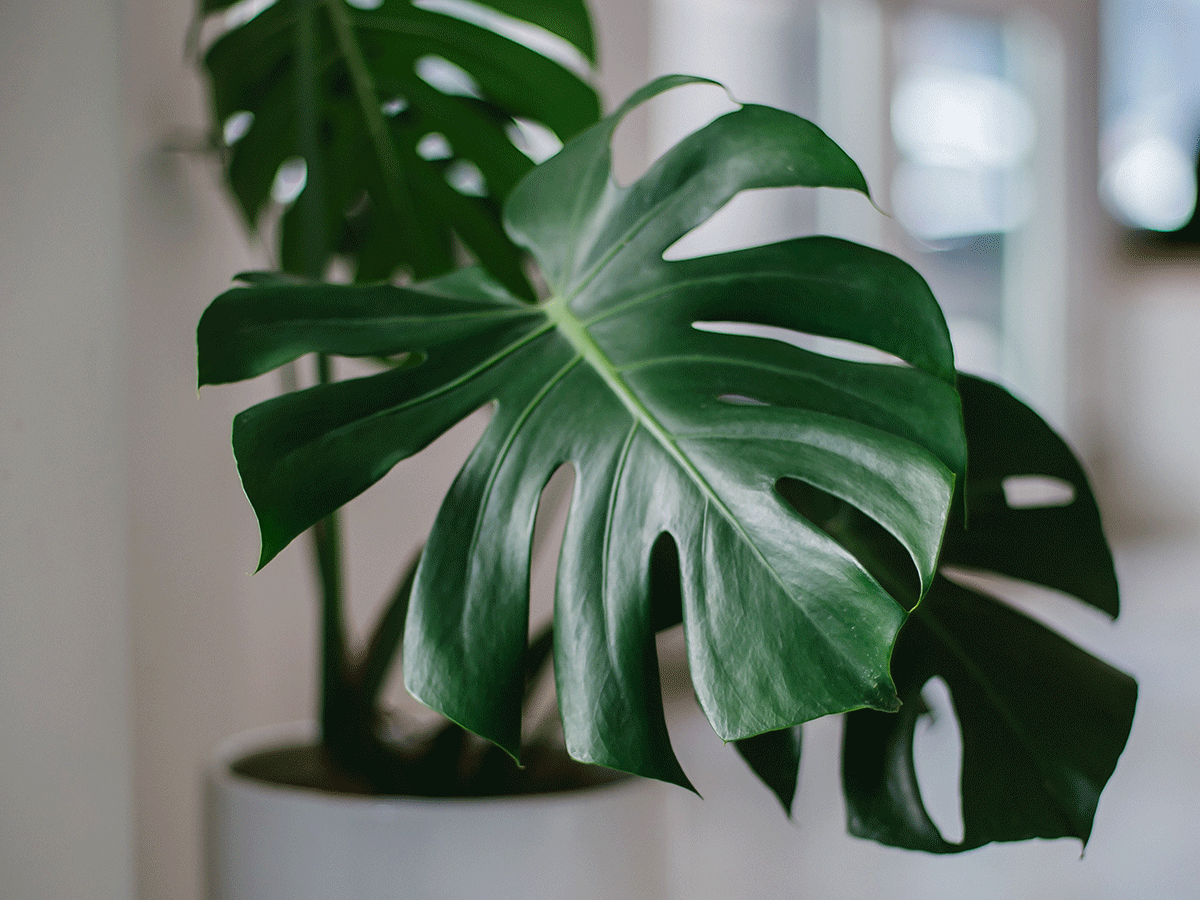
How to revive a dead plant, step 3: Consider your lighting situation
If you recently moved your plant to a new spot, it’s possible it’s no longer getting enough light. Even if you didn’t move it, it’s possible its lighting situation changed. Did you recently buy heavier drapes? Plant a tree outside that’s now blocking the indoor sunlight? Try moving your plant to a sunnier window if it needs a lot of light. (Same goes with a plant that’s now getting too much sun; try a different location in your home.) Plants, like us, need their vitamin D. (Speaking of, check out the myths and truths of vitamin D.)
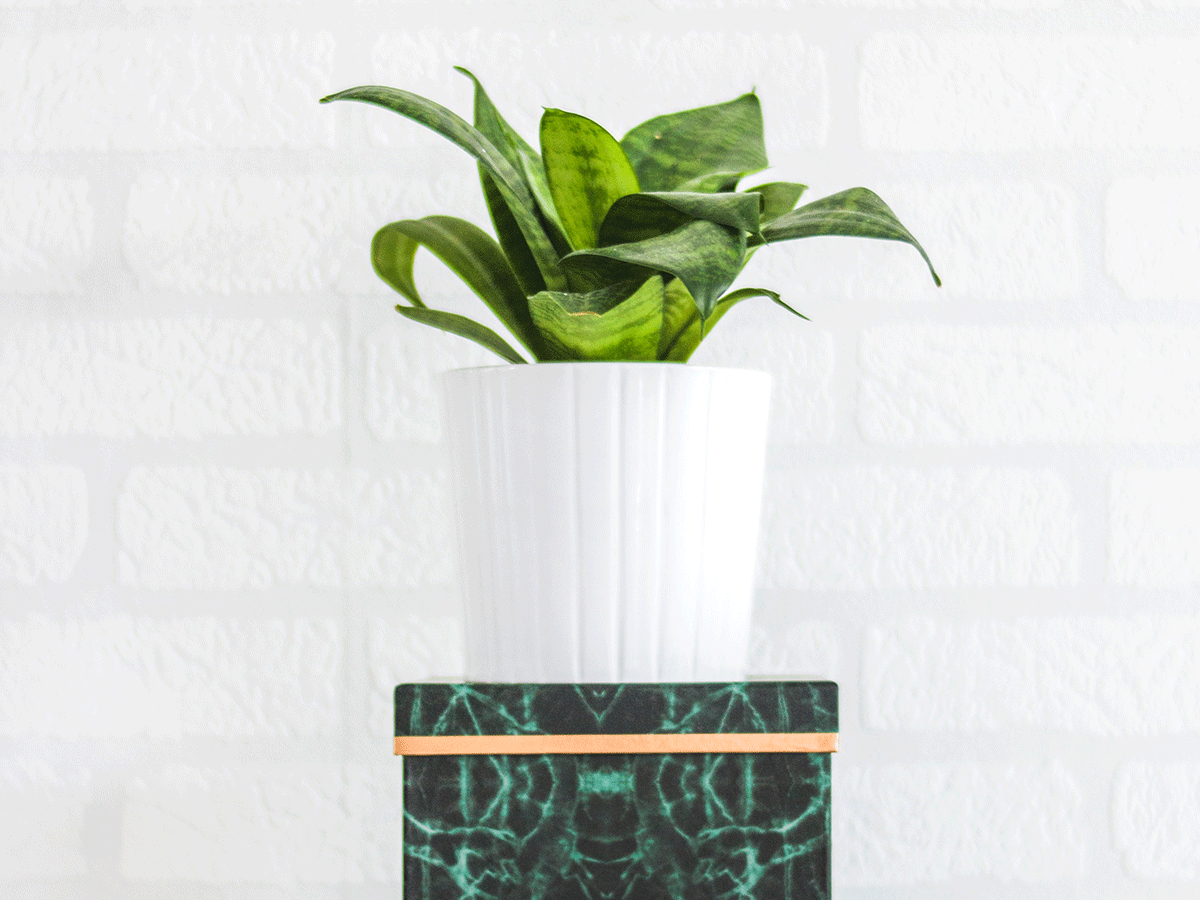
How to revive a dead plant, step 4: Find a humid spot
Plants absorb water through leaves as well as roots. So keep your plant in a humid spot that’s not too sunny and not too dry to help it recover. Consider getting a humidifier—it’s good for your skin, too.

How to revive a dead plant, step 5: Feed your plant carefully
People and pets aren’t the only things in your house that need food; plants can get malnourished, too. (Signs are discolored leaves or slow or no growth.) Try a fertilizer/nutritional supplement for household plants. Depending on the nutritional deficiency, providing the nutrition can help the plant recover nearly immediately within days. Other deficiencies may take longer—as in weeks—while others are chronic and may not ever fully recover, although these are rare with houseplants. (Did you know if you work in an office you’re at high risk of nature deficit disorder? Plants can help with that.)
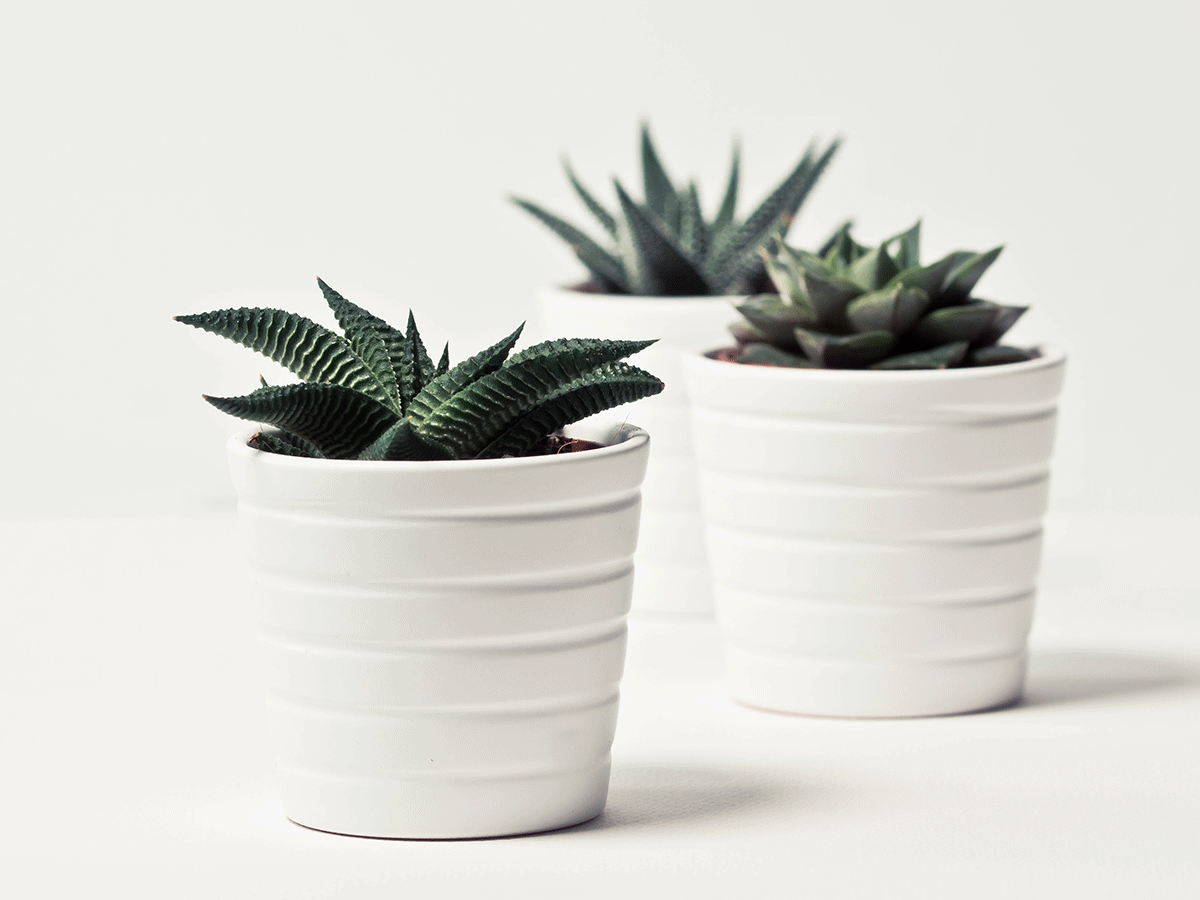
How to revive a dead plant, step 6: IV for plants
Another option for malnourished plants is a water-soluble fertilizer that will slowly release nutrients and is less likely to burn your plant’s roots. Add it to the watering can before watering plants. (Psst: Check out all the ways nature can boost your health.)
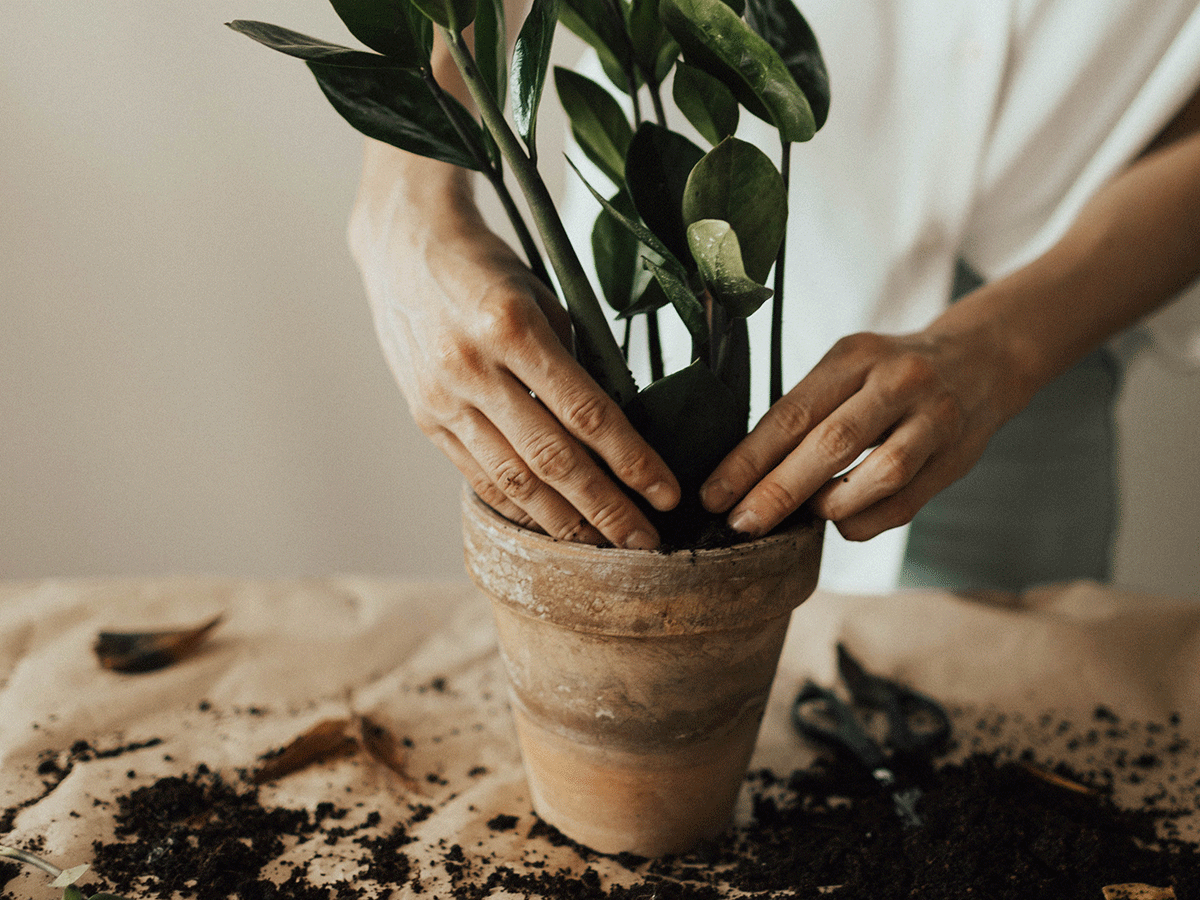
How to revive a dead plant, step 7: Compost
If you’ve tried everything, and your plant still can’t be revived, it might be time to let go. By composting your plants, the remains can be recycled as nutrient-rich dirt that can help your next houseplant thrive. Don’t beat yourself up—and next time buy a hearty, nearly kill-proof cactus.
Next, learn the Feng Shui tricks that can reduce stress.
